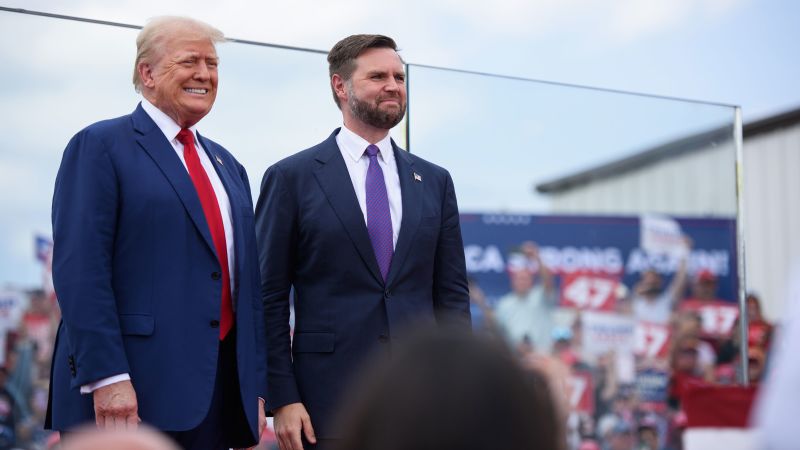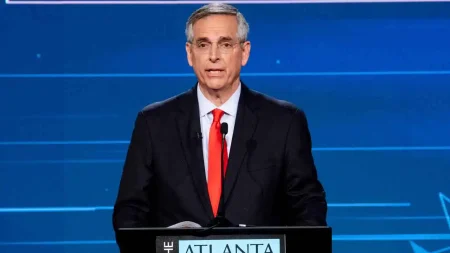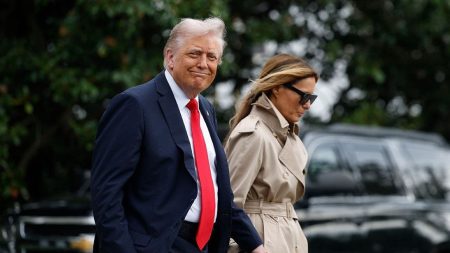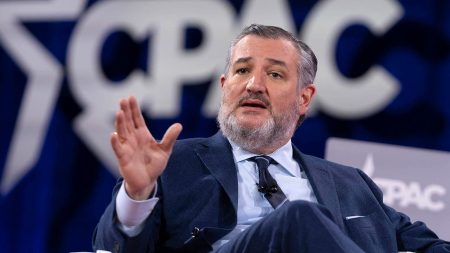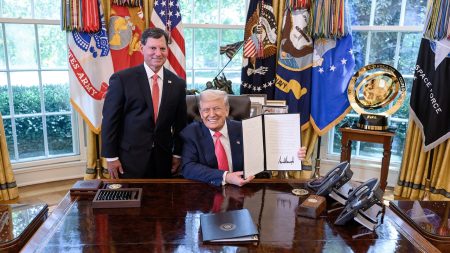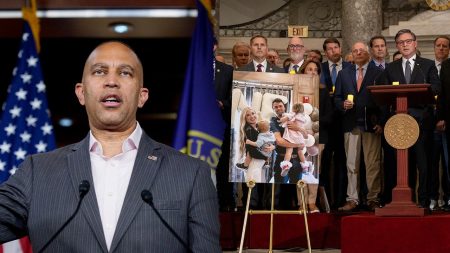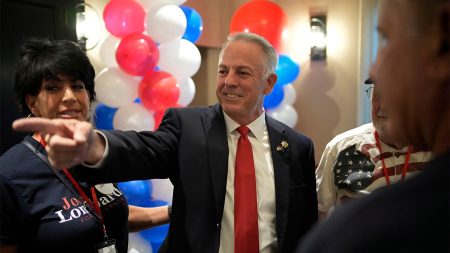Former President Donald Trump and Republican vice presidential nominee Sen. JD Vance have been falsely describing how their major policy proposal of across-the-board tariffs would work. They have repeatedly claimed that China, and not US importers, pay the tariffs. Trump has aggressively defended this claim, calling Vice President Kamala Harris a liar for referring to the tariff plan as a “Trump tax.” Vance also supported this false narrative by stating that prices went down for American citizens due to tariffs imposed by Trump. However, these claims are not based on factual information.
In reality, tariffs are a tax paid by US businesses, not by other countries, when a foreign-made good enters the American border. The purpose of a tariff is to raise prices on foreign-made goods, and studies have consistently shown that these duties increase costs for Americans. Despite Trump’s assertions that tariffs are not a tax on the middle class but on other countries, the evidence points to the contrary. Americans have paid billions of dollars in tariffs imposed during Trump’s presidency, with the costs ultimately being passed on to consumers buying imported goods.
The impact of tariffs on consumer prices is evident in various sectors, such as the increase in prices of washing machines following Trump’s tariffs on foreign-made ones. While not all the costs may be directly transferred to consumers, some prices do rise as a result of tariffs. The goal of tariffs is to make foreign-made goods more expensive, allowing domestic producers to sell their goods competitively. Trump’s proposed tariffs of up to 20% on all foreign imports and higher tariffs on specific countries would further increase costs for American consumers.
Despite claims that tariffs would not raise prices, studies have shown the opposite. For example, a study by economist Jeff Ferry found that prices would rise by 3.26% over a six-year period following the implementation of across-the-board tariffs. While some positive outcomes, such as increased domestic production and job creation, may result from tariffs, overall, the US economy has suffered job losses due to these trade policies. Trump’s tariffs on foreign-made steel did lead to the reopening of some American steel mills, but the impact on the economy was detrimental.
In conclusion, Trump and Vance’s claims regarding tariffs and their impact on prices are false. Tariffs are indeed a tax paid by US businesses, and the costs are often passed on to consumers. Studies have consistently shown that tariffs lead to price increases for consumers, impacting various sectors of the economy. Despite potential benefits such as increased domestic production, job creation, and revenue generation, the overall impact of tariffs on the US economy has been negative, leading to job losses and higher costs for consumers.




